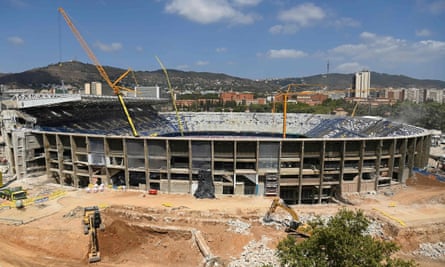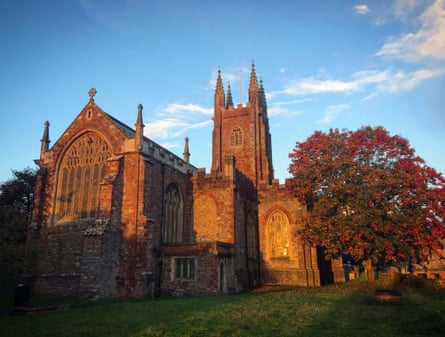Although the Australian tennis player Neale Fraser, who has died aged 91, won three grand slam singles titles including Wimbledon in 1960, it is as one of the most successful Davis Cup captains that he will be remembered. The tournament gave Fraser the chance to represent his country, both as player and captain, and he wore the badge with great pride.
In 1970, when Fraser was appointed Davis Cup captain, the role was seen as one of the most daunting in Australian sport. How could he live up to the exploits and reputation of his predecessor, Harry Hopman? Under Hopman’s leadership, Australia had produced a line of champions that people have never seen before or since.
Starting with Frank Sedgman and continuing through Lew Hoad, Ken Rosewall, Ashley Cooper, Mervyn Rose, Mal Anderson, Rod Laver, Roy Emerson, Fred Stolle, John Newcombe, Tony Roche and Fraser himself (a team member from 1958 to 1963), Hopman had guided this group of athletes as they helped Australia win the Davis Cup 16 times, with five additional appearances as losing finalists.

There was, of course, no chance of Fraser emulating that kind of record, not simply because the conveyor belt of fine Australian players had broken down but, more pertinently, because the challenge round system, in which teams competed in a knockout tournament for a chance to face the previous year’s winner in the final, was scrapped at the start of his reign.
This meant that the defending champions now had to play through at least four rounds on a variety of surfaces, rather than just the final on a court of their choosing. Inevitably, Australia had made full use of this advantage in the old system by selecting grass, which had handicapped clay court nations such as Italy and Spain.
Yet, in some ways, it could be argued that Fraser did as good a job as Hopman in securing four more Davis Cup victories for Australia – in 1973, 1977, 1983 and 1986 – as well as getting them to the final on two other occasions, and almost every year as far as the semi-final.
For much of the time, he had to rely on the ageing talents of Newcombe and Roche, and then John Alexander and Phil Dent, and, at the end of his 24 years in charge, to contend with the mercurial personality of Pat Cash.
There was also the changing game itself. Hopman had operated in the amateur era, when old-fashioned values were still the norm; when Hop said “Jump”, his team hopped. By the time Fraser took over, open tennis had arrived and players were millionaires with agents and coaches. Some were ambivalent about their Davis Cup responsibilities and Fraser needed all his arts of persuasion to get the best out of them.
Some of his efforts failed – even with warriors such as Newcombe. When Fraser tried to insist that the team had dinner every night during the tournament, Newk refused: “We had wives and girlfriends who we saw all too infrequently and we just needed time off.” But there were also nights when Newcombe was on his own – like the occasion in Nottingham when he went off to a nightclub. Fraser got wind of it and a scene ensued that had Newcombe making a hasty exit via the fire escape while his captain searched for him amid the heaving bodies on the dance floor.
Fraser kept his sense of humour while in charge but gradually realised he was losing touch with the younger generation and stepped down in 1993, allowing Newcombe and Roche to form a dual captain-coach role for the Australian team.
Fraser’s own achievements as a player should not be overlooked. Although he lacked the exceptional talent of a Hoad or a Laver, this sturdy left-hander’s game was anchored by a venomous serve that was delivered from a very low ball toss. Reading it was a nightmare; returning it even worse.
This weapon, backed up by fine volleying skills, allowed Fraser to rack up 18 wins out of 21 matches played in the Davis Cup and, in tournament play, to become one of the most effective doubles players in the world. Mostly in partnership with Emerson, Fraser won all four grand slam doubles titles twice each between 1958 and 1962 and was dominant in the US National Championships (renamed the US Open in 1968), then played on grass at Forest Hills, Queens, New York. At the championships in both 1959 and 1960, Fraser made a clean sweep of singles, doubles and mixed: the triple crown – a feat that has never been repeated in the men’s game.
By the time he triumphed at Wimbledon in 1960, Fraser had already tasted the atmosphere of finals day, having lost to Cooper two years earlier; it was also Laver’s second appearance in a final – having gone down to Alex Olmedo the year before. Laver was a burgeoning talent but Fraser’s big serve and experience enabled him to claim the crown 7-5 in the fourth set.
Like anyone trying to win a grand slam, Fraser had enjoyed his moment of luck, on this occasion in the quarter finals when the young American Butch Buchholz had been forced to withdraw with a severe attack of cramps when he led Fraser 6-4, 3-6, 6-4, 15-15. Buchholz had missed five match points. The following year, Fraser gave the home crowds something to cheer about when he lost to the British player Bobby Wilson in a major fourth round upset.
By then, Fraser had been tempted, as had all the top players, by huge monetary offers from the promoter Jack Kramer to turn professional. It could be said that Fraser’s comfortable middle-class background meant that he needed the money less than others; he was born in Melbourne to Archibald, a barrister and judge who specialised in the licensing laws, and Gertrude (nee Prendergast).
But Neale was also too much of a traditionalist to forgo playing at Wimbledon, Roland Garros and all the other championships from which, until the arrival of open tennis in 1968, the pros were banned. And, of course, it would have meant no more Davis Cup.
Fittingly, when he retired from the captaincy, Fraser was made a worldwide ambassador for the Davis Cup by the International Tennis Federation and was seen regularly at ties around the world.
He was appointed MBE in 1974 and AO in 1988.
Fraser had five children from his first marriage, to Wendy McIver in 1961; they survive him, along with his second wife, Thea.
Source: theguardian.com



















